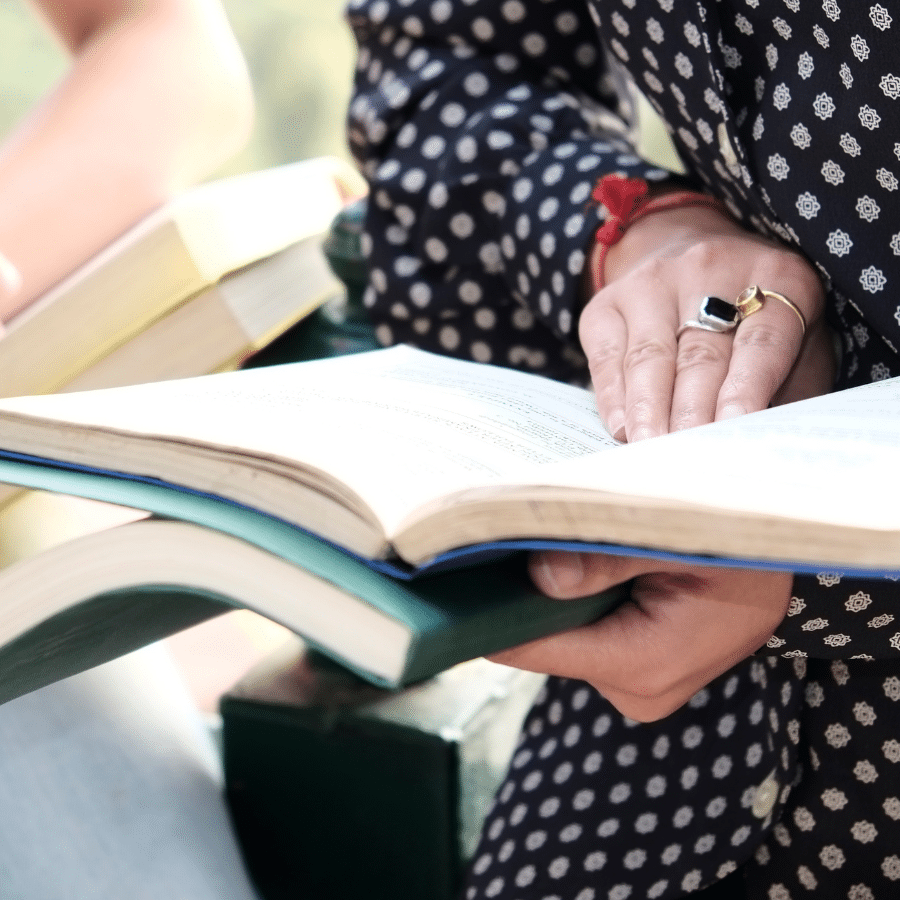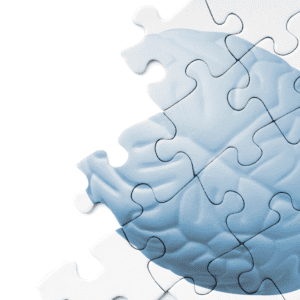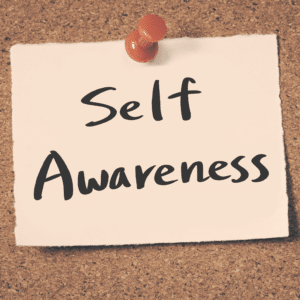介紹
視覺學習者可以使用各種技巧來準備考試。其中包括練習多項選擇題和論文、寫出每次測試的計劃、與也是視覺學習者的朋友或同學一起學習、創建一個學習播放列表,其中包括您喜歡的歌曲和樂器以及一些古典音樂和環境聲音來自大自然。您也可以使用顏色編碼建立正麵包含圖像、圖表和其他視覺效果、背麵包含文字的抽認卡來學習筆記。另一種方法是用不同顏色的標題製作大綱,對應不同的主題,這樣在課堂考試或帶回家的作業時更容易記住。練習多項選擇題和論文。
A multiple-choice exam is a good way to test your knowledge. You can practice with a friend or classmate, using a timer to make sure you practice in the time you have available. As long as you are practicing with the right materials, this type of test can be very effective at showing what areas need more work. To help organize your studying and take notes on what you learn from each source:- 使用記事卡!它們價格便宜且便於攜帶,非常適合考試前臨時抱佛腳!只需寫下每個資源的要點(並突出顯示這些要點),這樣當考試日到來時,所有這些信息就不會再感到難以承受,因為現在它們被組織成足夠容易理解的小塊。我們這樣內向的人也討厭過度談論自己🙂
寫下每次測驗的計劃。
- 寫出解決問題的步驟。
- 使用心智圖來組織你的想法。
- 使用流程圖來顯示流程中的步驟。
- 使用維恩圖顯示兩個或多個集合之間的關係。
與也是視覺學習者的朋友或同學一起學習。
當你和同樣是視覺學習者的朋友一起學習時,你們可以用不同的方式解釋概念來互相幫助。如果一個人理解某件事而另一個人不理解,這一點尤其有用。它也非常適合參加 ACT 或 SAT 考試,因為這兩種考試都有需要視覺思考技能的問題。建立一個學習播放列表,其中包括您喜歡的歌曲和器樂,以及一些古典音樂和大自然的環境聲音。
- 音樂是增強腦力和改善記憶力的好方法。當你聽音樂時,它會觸發海馬體的活動,海馬體負責鞏固記憶。
- 確保您的學習播放清單中包含器樂作品以及帶有歌詞的歌曲。這將幫助您專注於手頭上的任務,同時仍允許自己不時地進行一些變化。
- 每首曲目的長度應取決於每首歌曲的持續時間 - 您不希望任何曲目超過 10 分鐘,因為在那之後它們可能會開始失去效力!也要考慮歌曲之間是否有停頓(大多數專輯都有一首連續的歌曲)。在這種情況下,請確保所有曲目都很短,這樣它們之間就不會出現任何尷尬的沉默!
建立正面帶有圖像、圖表和其他視覺效果、背面有文字的抽認卡。
- 建立正面帶有圖像、圖表和其他視覺效果、背面有文字的抽認卡。
- 使用多種顏色來幫助您記住。您可以為不同的主題或主題使用不同的顏色,或為所有卡片使用一種顏色,以便您可以輕鬆區分它們。例如:紅色代表數學,藍色代表科學,綠色代表歷史等。
- 使用多種字體來幫助您記憶:粗體字母比普通字母更容易記住;斜體字比普通文字更引人注目;大寫字母可以更輕鬆地識別筆記或教科書中的重要資訊(例如,「主題包括…」)。
使用顏色編碼按主題學習筆記、抽認卡和大綱。
使用顏色編碼按主題學習筆記、抽認卡和大綱。- 每個主題使用不同的顏色。
- 為每種類型的筆記(例如講義、教科書筆記)使用不同的顏色。
- 為每種類型的抽認卡使用不同的顏色(例如,一組為詞彙單字;另一組為文法規則)。
- 每種類型的大綱使用不同的顏色(例如,藍色墨水的章節概述;黃色突出顯示的關鍵點)。您也可以在學習學習指南或其他專門為幫助您準備考試而創建的材料時使用此方法!
視覺學習者可以使用各種技巧來準備考試
視覺學習者可以使用各種技巧來準備考試。- 建立考試時間表並嚴格遵守。這將幫助您避免將所有學習塞到考試前一兩天的誘惑。
- 在課堂上做筆記,並在課間定期複習,或在家中與也參加同一課程的朋友一起複習。這將幫助您更好地記住訊息,而不是僅僅聽講座而不寫下任何內容!









